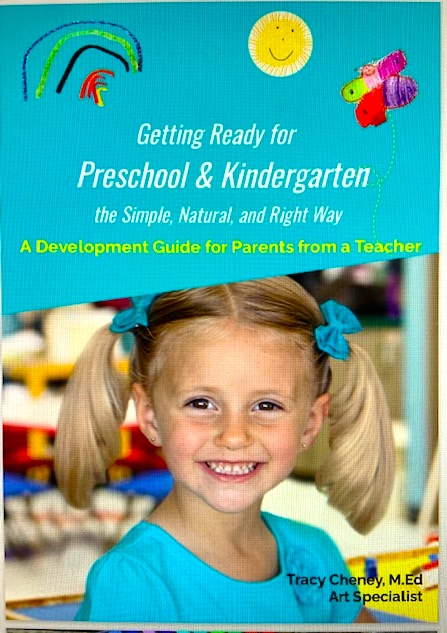ART EDUCATION & CREATIVITY
a Writer who leans into…Art Education
…my Superhero Power is teaching art!
Art education is not a fluff subject. It’s critical to school success at the youngest ages. It’s the normal way that little humans begin learning. But with the near-universal availability of screens in the hands of toddlers, it’s more needed than ever! Making art marks provides total engagement of heart, mind, and body.
I love talking and writing about this arena where I devoted decades, beginning my teaching career in 1978. I’ve been a strong advocate for developing creativity in the workplace, understanding the stages of child development, providing ample opportunities for students to make original choices. All A+ topics for me.
Recognition as a California Elementary Art Educator of the Year, and for designing a California Exemplary Art Program, earned me an invitation to the team that wrote the new California State Art Standards for the public schools. The Legislature adopted these standards in 2019. But how can children receive this education if there aren’t programs in their schools at all levels? With trained specialists?
We know what works, we know what kids need. It goes without saying that I support funding efforts and legislation to provide this.
Each stage of child development must be supported — we don’t get those years back. What happens when creative/artistic development is arrested? It affects learning, career choice, and even the US economy.
Way back in 2005, I developed a talk for school administrators, “No Subject Left Behind.” It’s appalling after all these decades that we still don’t have universal art access in elementary schools. You can tell this is my passionate soapbox topic!

Artwork by T. Cheney
Workshops and Talks
What a pleasure it is to provide Teacher Workshops and Talks! Besides being a certified teacher in three states (14 schools), I also earned my school administration credential and trained to evaluate teachers. I really like the system designed specifically for specialists called “The Qualities of Quality,” which helps teachers, principals, and evaluators understand what they are seeing in these unique classroom environments.
If you would like to book me as a speaker for your college class, teacher professional development, or conference, please submit a contact form. I will get back to you within 1-2 business days.
The reason I’m available to help is that I became part of the Great Resignation. You’ve read enough articles from the many teachers who have resigned to know they’re all true and applicable.
An Art Specialist is a unique educator
What you get from me is one of the few educators who works closely with children over a long period of time, during their prime developmental years. This makes elementary art teachers unique educators in a building. Specialists don’t just work with kids for 10 months and then get a new group the next year. I’ve personally taught thousands of children, many over their entire elementary/middle school years. And I’ve coached dozens and dozens to enter art contests at the local, regional, state, national, and international levels. That’s the fun part!
But I’ve also lived the hard parts: what it takes to manage over 40 kids in a classroom — not in group settings like PE or music, but actually sitting at tables learning to handle materials. Can you imagine being the only adult surrounded by 42 kindergarteners, a third who don’t speak English, in a hands-on class managing painting supplies? Whew, hours of prep and clean up consumes your life.
And oh, by the way, you’ll be evaluated on how well the one kid playing with his shoelace knows the objectives you’re teaching! Oh, by the way, they’ll mainstream all the special needs kids to art class, but send their personal aides on break then. Oh, by the way, make sure you turn in your lesson plans for six grade levels with all the learning objectives on Friday before you leave campus. Oh, and don’t complain that we’re cutting your paycheck. Be glad the kids are getting art. I have actually been told that.
Friends, I’ve been there, done it all, as well as getting out report cards every six weeks for 1100 K-5th graders. It’s staggering what art teachers across this country will put up with to make sure kids have access to this important component of a 21st century education!
Here’s what you need to know about art ed for your child
I encourage you to read my philosophy about art education, “Getting Ready for Preschool and Kindergarten the Simple, Natural, and Right Way.” The first half is geared for parents and teachers of the very young. The second half shows each stage of drawing development that children pass through up to high school. It may provide insight into your own experience growing up. This is an excellent guide coming from the personal experience of a teacher working closely with children from ages 4 – 13. It’s really been a revelation. Buy the ebook here.

Book by T.Cheney